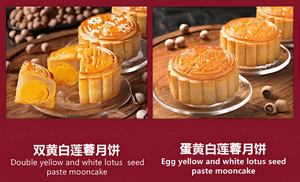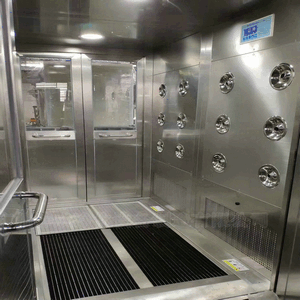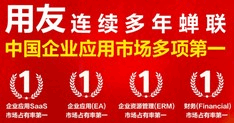Wd提问: Technical Optimization
Ai批改: Technical optimization refers to the process of improving the performance, efficiency, and scalability of a system, application, or process through the application of technical solutions and best practices、The goal of technical optimization is to maximize the output or efficiency of a system while minimizing costs, resources, and environmental impact.
Here are some key aspects of technical optimization:
1、Performance Optimization: Improving the speed, responsiveness, and overall performance of a system or application.
2、Resource Optimization: Maximizing the utilization of resources such as CPU, memory, and storage to minimize waste and reduce costs.
3、Scalability Optimization: Ensuring that a system or application can handle increased traffic, data, or user growth without compromising performance.
4、Energy Efficiency Optimization: Reducing the energy consumption of a system or application to minimize environmental impact and costs.
5、Code Optimization: Improving the efficiency and effectiveness of code to reduce execution time, memory usage, and other resources.
Some common techniques used in technical optimization include:
1、Caching: Storing frequently accessed data in a faster, more accessible location to reduce latency.
2、Parallel Processing: Breaking down complex tasks into smaller, independent tasks that can be executed simultaneously to improve performance.
3、Content Compression: Reducing the size of data to decrease transmission times and storage needs.
4、Indexing: Organizing data in a way that allows for faster retrieval and querying.
5、Load Balancing: Distributing workload across multiple systems or resources to improve responsiveness and availability.
6、Code Refactoring: Restructuring code to improve readability, maintainability, and performance.
7、Database Optimization: Improving database performance through indexing, partitioning, and other techniques.
Benefits of Technical Optimization:
1、Improved Performance: Faster execution times, improved responsiveness, and increased throughput.
2、Cost Savings: Reduced resource utilization, energy consumption, and infrastructure costs.
3、Increased Scalability: Ability to handle increased traffic, data, or user growth without compromising performance.
4、Enhanced User Experience: Improved responsiveness, faster load times, and increased overall satisfaction.
5、Competitive Advantage: Improved performance and efficiency can provide a competitive edge in the market.
Some popular tools used for technical optimization include:
1、Profiling tools: Such as New Relic, Dynatrace, or Java VisualVM to analyze performance bottlenecks.
2、Monitoring tools: Such as Prometheus, Grafana, or Nagios to track performance metrics.
3、Code analysis tools: Such as SonarQube, CodeCoverage, or ESLint to analyze code quality and performance.
4、Load testing tools: Such as Apache JMeter, Gatling, or Locust to simulate high traffic and test performance.
By applying technical optimization techniques and using the right tools, organizations can improve the performance, efficiency, and scalability of their systems and applications, leading to cost savings, improved user experience, and a competitive advantage.
0
IP地址: 48.39.54.153
搜索次数: 66
提问时间: 2025-04-11 10:44:07
热门提问:
mt4平台的外汇交易商有哪些
湖北黄金麻石材产地厂家
最好用的国产ai
戴两个金戒指好看吗
添富蓝筹
诺辉健康
黄金的加工费多少钱
网络域名到哪里申请
红塔红土盛隆灵活配置C
ai图片消除工具
豌豆Ai站群搜索引擎系统
关于我们:
三乐Ai
作文批改
英语分析
在线翻译
拍照识图
Ai提问
英语培训
本站流量
联系我们

温馨提示:本站所有问答由Ai自动创作,内容仅供参考,若有误差请用“联系”里面信息通知我们人工修改或删除。
技术支持:本站由豌豆Ai提供技术支持,使用的最新版:《豌豆Ai站群搜索引擎系统 V.25.05.20》搭建本站。
















